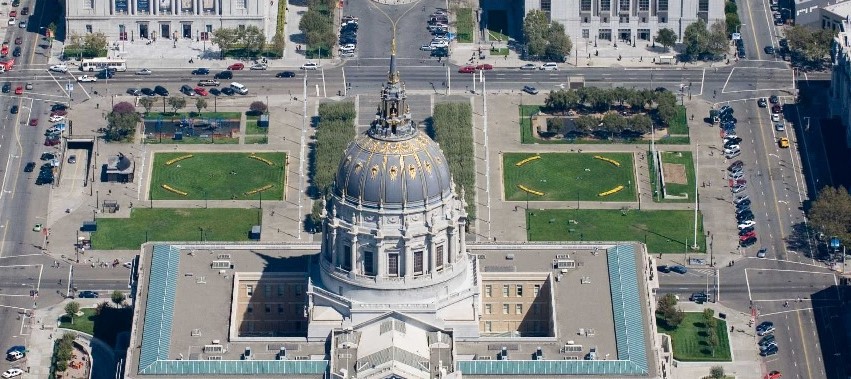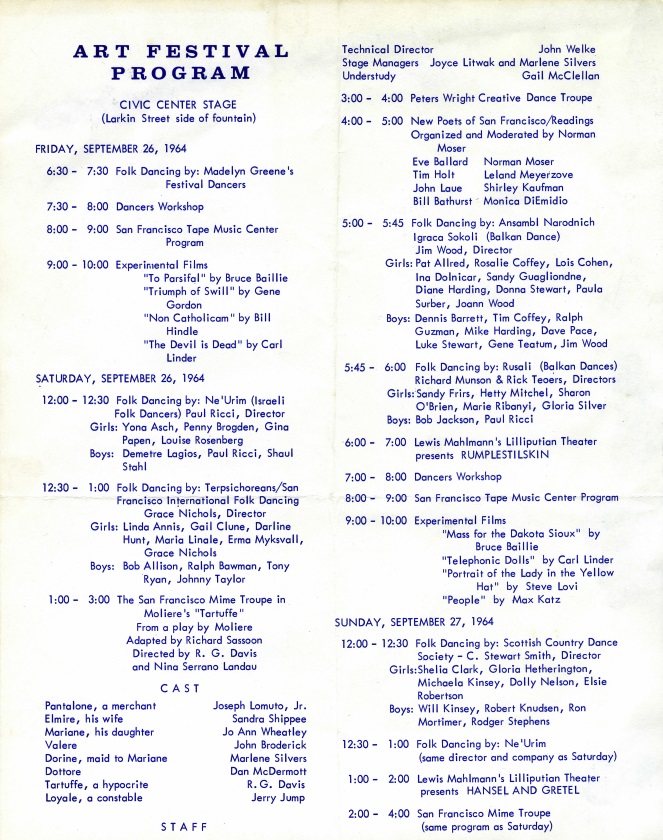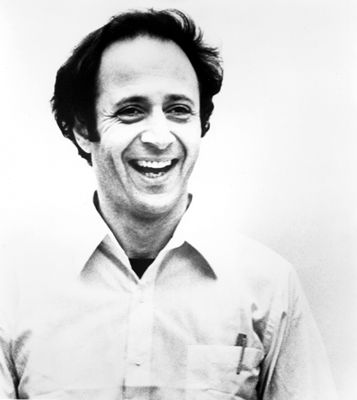
by Gwyn Conaway
I just set down my brand new copy of Been Down So Long It Looks Like Up To Me, a novel written by Richard Fariña, and I can confidently say that the colorful lights of hippie acid tests have finally overwhelmed the intellectually trendy monochrome of the beatniks. And though this has been a steadily changing tide the last few years, it now appears to be an inevitable rise that will affect our fashionable futures for years to come.

The novel is a modern Odyssey following the adventures of a college student named Gnossos in his search for a woman in green knee-socks. Most of the novel centers around challenging our systems of education and government, seeking karma, and liberating youth from the tyranny of traditional morals. In an act of divine poetry, Fariña died earlier this year in a motorcycle accident here in California, at the start of his book tour in San Francisco, where so much of this movement is coalescing.
California has become the center of a massive shift in popular culture this past year, seducing young intellectuals to its college campuses and festivals in a rapidly growing snowball of illicit substances, music, and self expression. This has led us into new, uncharted fashion waters dominated by natural fibers, hand-embellished adornments, and a color palette inspired by the pursuit of nirvana.
The Hippie Movement is most definitely a natural progression from the Beatnik Movement, following the ever-worsening divide between generations, the popularity of psychedelic drugs and dope, and the politics of questionable warfare. Both of these movements are centered around the crossroads between music and intellectualism, promoting a free love lifestyle through art and literature, with followers that migrate like pilgrims from one mecca to the next, relying heavily on their countercultural communities to find security rather than the suburbs and pensions.
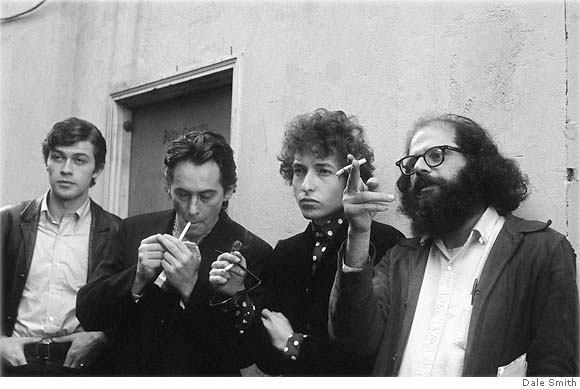
Bob Dylan in San Francisco with poets Allen Ginsburg and Michael McClure, as well as guitarist Robbie Robertson, 1965. The beatniks adhere to the stereotype of a black beret, black turtleneck, and cigarette trousers and are iconified by idols such as Bob Dylan and The Beatles. The term, interestingly enough, also originated in the San Francisco Chronicle in 1958, combining The Beat Generation with the Yiddish -nik, which translates to -er. I suspect this is also in reference to Sputnik and served as a dig towards the Beat Generation, implying it was an unpatriotic and ungrateful youth movement.
There is, however, one defining difference between these two movements. While the beatniks feel dissonant and hopelessly separate from society at large, the hippies are overwhelmingly hopeful, striving to bring the world together.
This new wave of love and peace is particularly apparent in the Haight, a neighborhood in San Francisco where more than fifteen thousand hippies have migrated as of this summer, following the music of the likes of Jefferson Airplane and the Grateful Dead. This great social experiment has transformed life in the bay area with parties like the Acid Tests organized by Ken Kesey and new businesses such as the head shop Ron and Jay Thelin’s Psychedelic Shop, supplying much of the Haight’s LSD and marijuana, and the coffee shop The Blue Unicorn.
And while the Haight is a petri dish of hippie ideals, it’s the events of Ken Kesey that are truly at the center of hippie fashion. In January of this year, he organized the Trips Festival in San Francisco at the Longshoreman’s Hall. This weekend extravaganza is now considered the first real gathering of hippies en masse. The crowd of ten thousand drank punch spiked with LSD to experience the music in an altered state of consciousness. Similarly, Kesey’s Acid Tests, a series of parties organized largely in Los Angeles these days, also heavily promote the drug and enhance its properties with the use of strobe lights, glowing paints, and black lights.
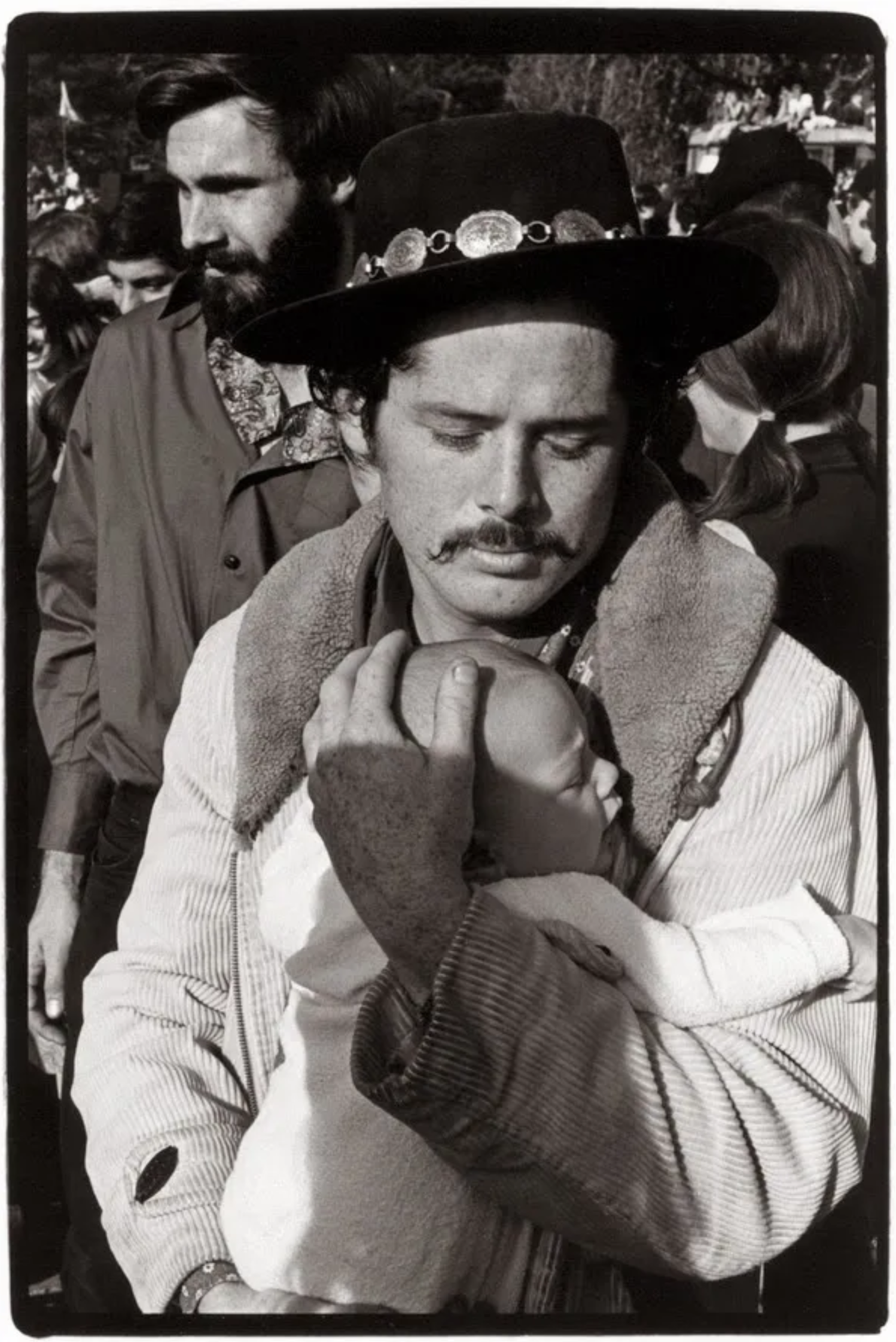
Note that the two men pictured here are wearing a corduroy jacket with a lamb's wool collar (front) and a poet's shirt with a paisley facing in the collar (back). LSD not only affects the eye, but all other senses as well. As a result, we see heavy use of textured materials in hippie fashion, such as crochet, fringe, and beading. This sensitivity to designing for "the trip" is an entirely new way of thinking about fashion.

A Grateful Dead postcard in comparison to the psychedelic paisleys (center and right). LSD causes undulation of sight, which brings us this sensationally warped graphic design and revives paisley as a major motif of the era. Note how the paisley is designed with "burn out", meaning that it's meant to replicate the bleeding of colors experienced by those tripping on LSD.
It’s this attention to LSD in the design of these events that has so thoroughly influenced the young rebellious fashions of today. Bright kaleidoscopic color palettes, unsteady stripes and warped geometric forms are commonplace among the hippies. This has led to the rise in popularity of paisley patterns, tie dye, and corduroy.
Tie dye has an especially close connection to the music scene and as such I think will be a defining fashion of this new movement moving forward. During parties such as the Acid Tests, a projector screen is used to light the band with swirling colors and bubbles. This swirling light show directly relates to the swirling colors now found on microbuses, t-shirts, posters, and more.

An insider look into the Trips Festival this summer. Where kaleidoscopic lights and patterns were used to enhance the effects of LSD. Compare the light show to the tie dyes below.

Tie dye and other symbols of the Hippie Movement have already permeated the fashion world from the streets up. Here we have a psychedelic vendor at a music festival selling tie dye t-shirts next to a exceptional velvet coat designed by American fashion designer Roy Halston.
The surge of hippies in California has truly taken us by storm, and the rise of head shops, communes, and music festivals is not well-liked by many. Divisive opinions on those that partake in LSD and marijuana have colored the hippies as mentally unstable vagabonds. Already there are rumblings of LSD being made illegal in The Golden State to curb the tide. This pushback by the more conservative echelons of America, however, only legitimizes the movement in the eyes of the young and passionate.
Which invites the questions: how polarized will this movement become, and what lasting effects will it leave in its wake? How will it change fashion? Will we move towards nature and organic shapes again? Will we abandon synthetic fabrics in favor of natural fibers? Will men finally return to moustaches and beards for the first time since the start of modern warfare?
Only time and upheaval will tell.
[Come join us at Portal 55, Galactic Journey's real-time lounge! It's the grooviest place: Talk about your favorite SFF, chat with the Traveler and co., relax, sit a spell…]

![[August 22, 1966] Been Beatnik So Long, Hippies Looking Up to Me](https://galacticjourney.org/wp-content/uploads/2021/08/grateful-dead-psychedelic-paisleys-1960s-jpg-672x372.jpg)

![[August 6, 1966] I Won't Dance, Don't Ask Me (Anna Halprin and the Dancers Workshop)](https://galacticjourney.org/wp-content/uploads/2021/08/halprinself.jpg)

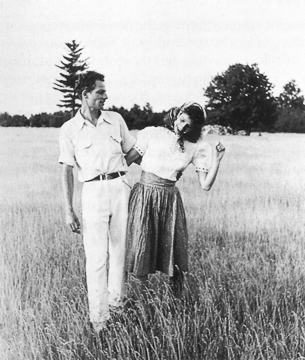
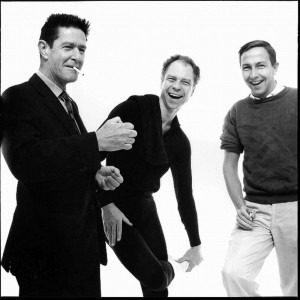
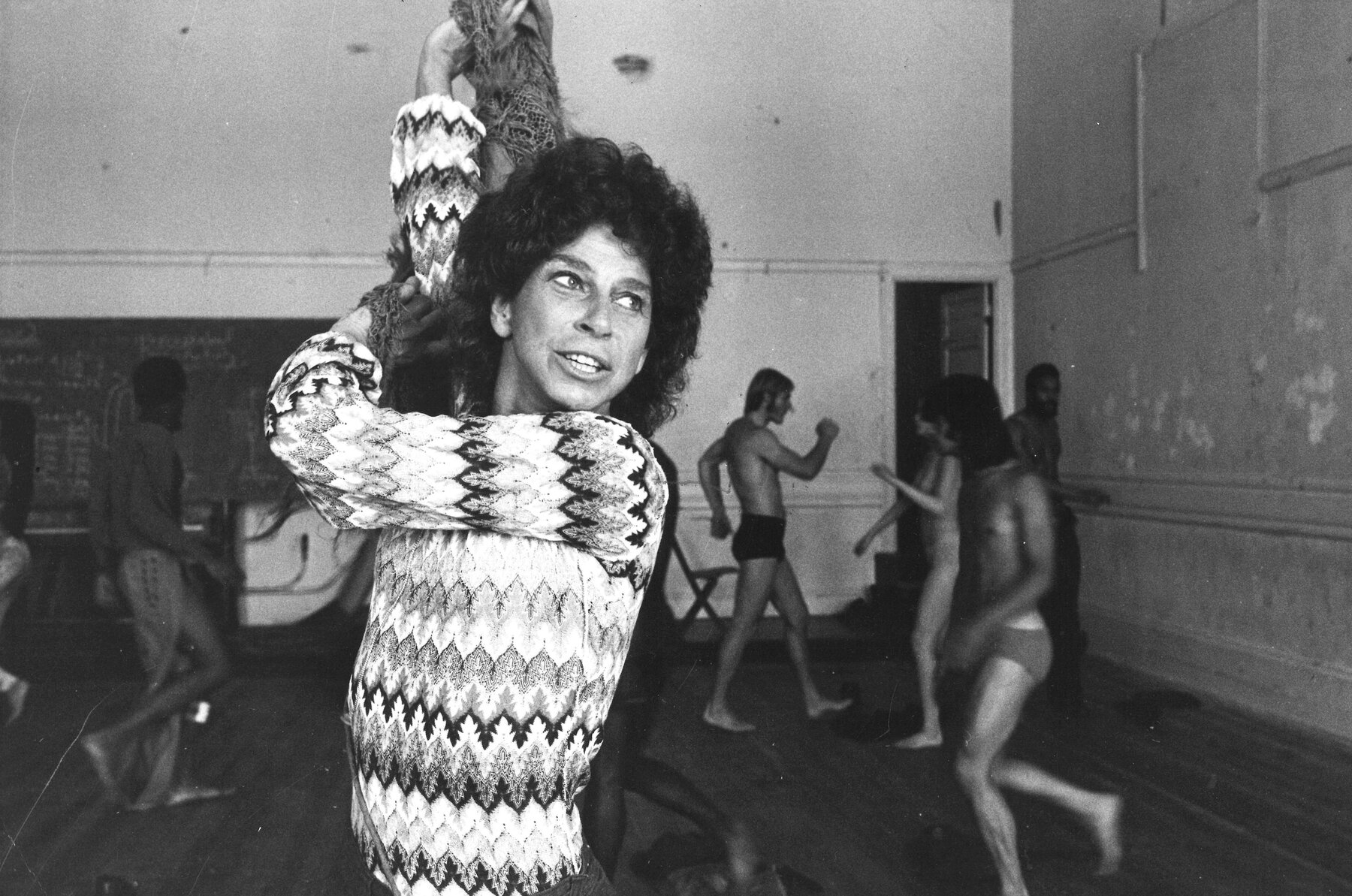
![[June 18, 1966] Avant Radio for "Satisfaction" (Bob Fass on WBAI)](https://galacticjourney.org/wp-content/uploads/2021/05/bob-Fass.jpg)
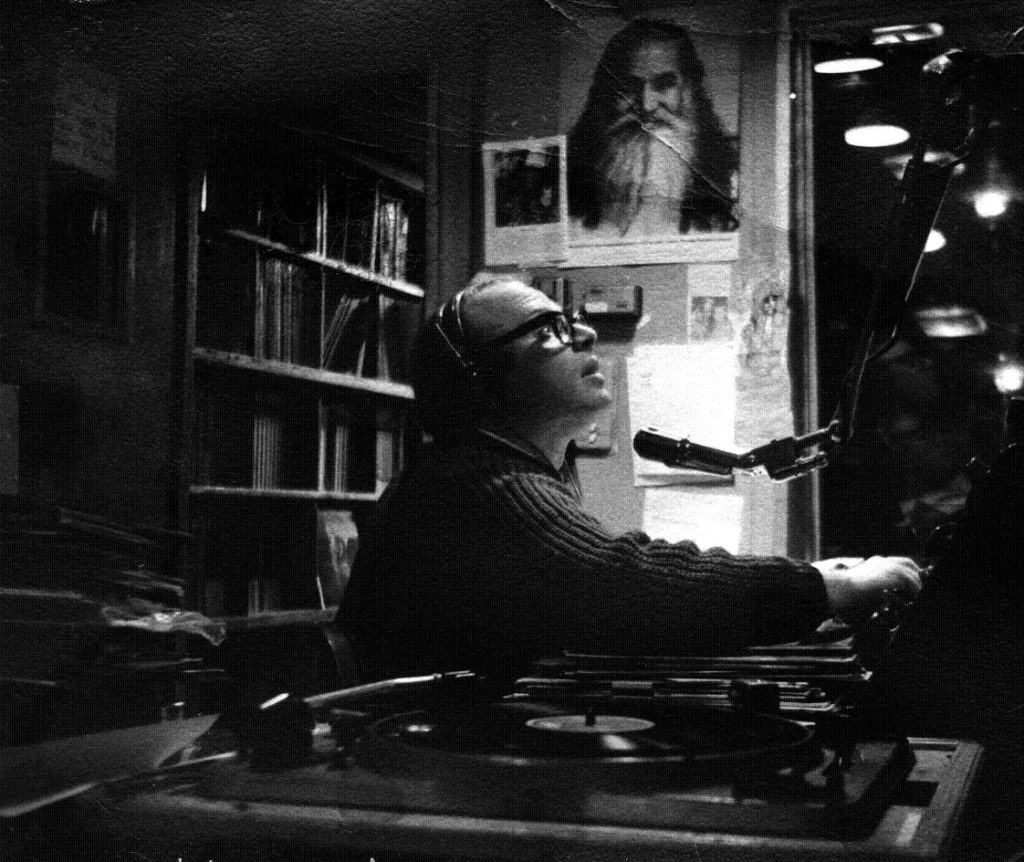
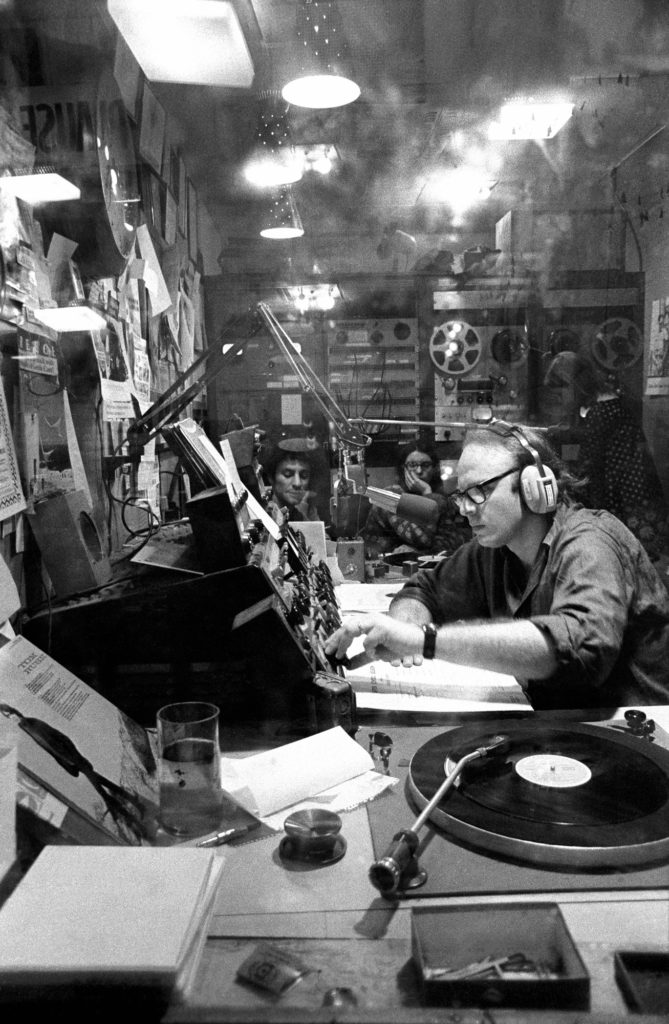
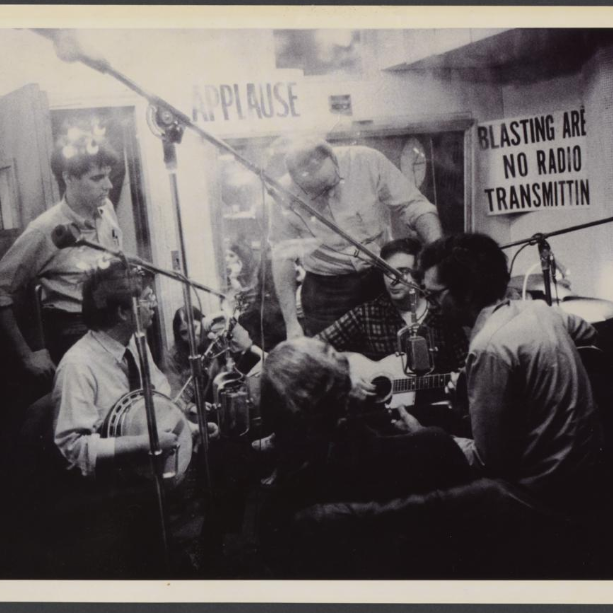

![[December 17, 1964] San Francisco as Cultural Epicenter (Woman in the Dunes, etc.)](https://galacticjourney.org/wp-content/uploads/2019/12/womanlying-672x372.jpg)
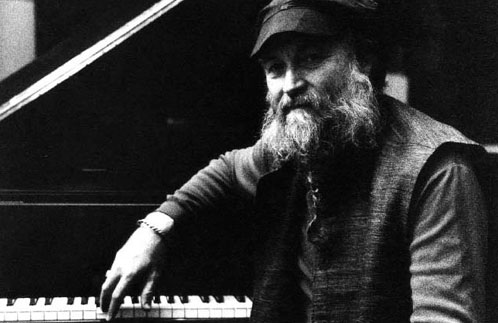
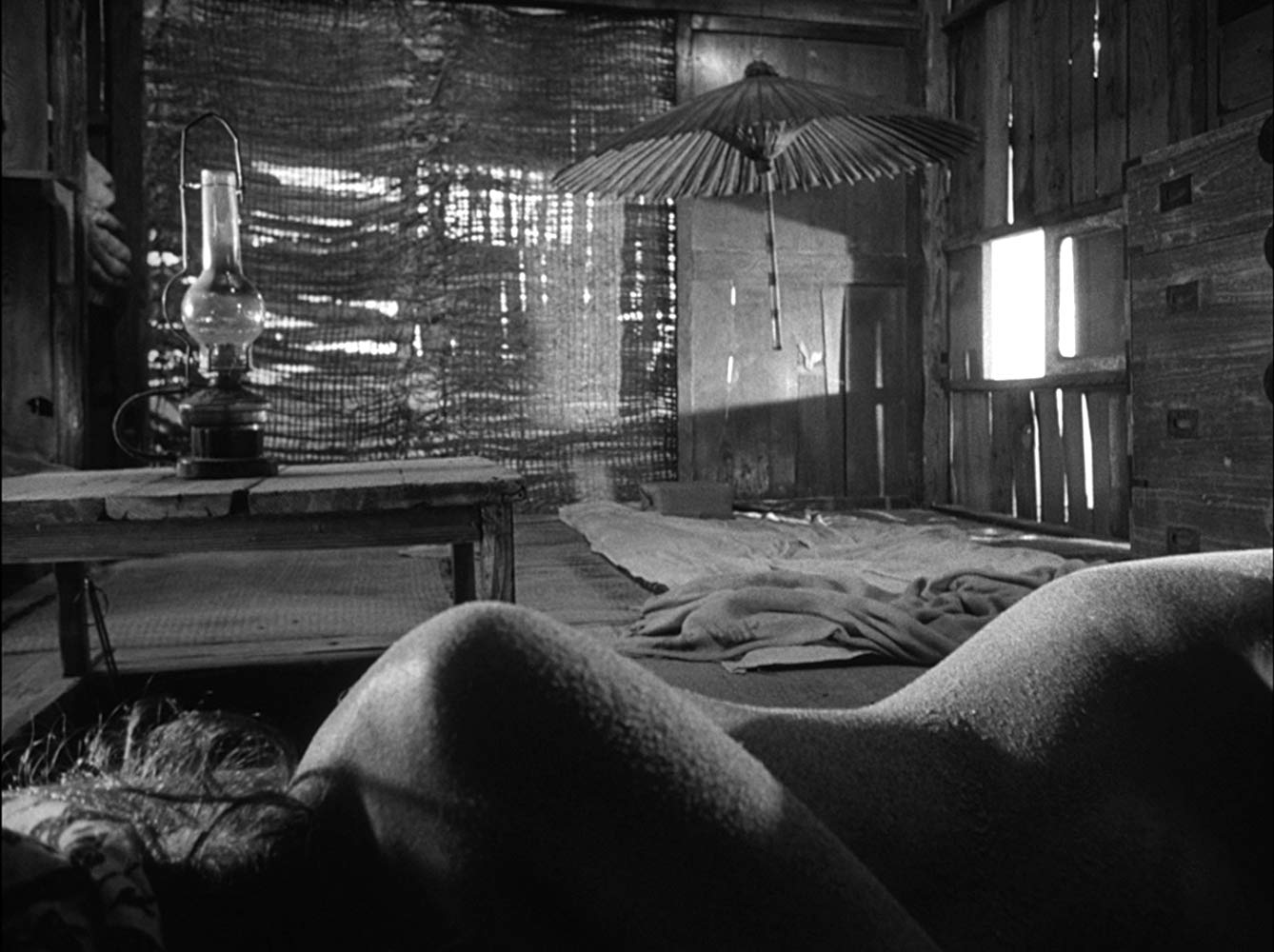
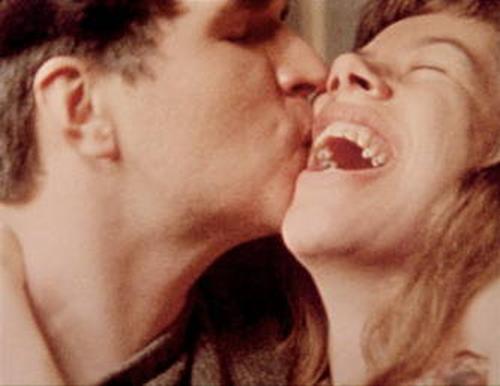
![[September 30, 1964] San Francisco Arts Festival (Marantz Rocks the Plaza)](https://galacticjourney.org/wp-content/uploads/2019/09/mimetroupeubu.jpg)

